This week, the Ed Slott and Company IRA Discussion Forum featured a question about disclaimers. What is a disclaimer and how do they work? Read on to find out.
So what exactly is a disclaimer anyway? In the most basic sense, a disclaimer allows you to “play dead.” Instead inheriting an IRA (or other assets), you’re treated as having predeceased the IRA owner, leaving the assets to fall to the next beneficiary in line. At first glance, this may not sound so great - after all, who wants to pretend they’re dead! - but in reality, the disclaimer is a powerful estate planning tool. If used correctly and in the right situations, a disclaimer can allow for the same estate tax savings that would be provided by a credit shelter trust - but at a fraction of the cost and complexity.
Perhaps the most important aspect of understanding how disclaimers work is that even if you execute one properly, you can’t redirect assets to the person of your choosing. In other words, if you were executing a disclaimer, you couldn’t say “I don’t want the IRA money, give it to Tommy.” Instead, once executed, the disclaimer would treat you as having died before the IRA owner and the assets would fall to the contingent beneficiary - that is of course, if one had been named. This is just one more reason why it’s so important to name both a primary and a contingent beneficiary.
For example, let’s say that Charlie had a $5 million IRA and had named his wife as the primary beneficiary of the account and his daughter as the contingent beneficiary. On December 25, 2009 Charlie died. Now, after his death, Charlie’s wife has three choices - she can keep all of his inherited IRA, she can disclaim it all, or she can do some combination of the two. Since Charlie’s daughter was named as the contingent beneficiary on the beneficiary form, any part of the IRA disclaimed (by Charlie’s wife) will pass directly to her (his daughter). Perhaps Charlie’s wife would decide she didn’t really need the money and would choose to disclaim $3.5 million (the amount able to pass estate tax free to a beneficiary other than a spouse in 2009) and roll the remaining $1.5 million into her own IRA - potentially savings hundreds of thousands in estate taxes upon her death.
This example clearly shows the flexibility, relative simplicity and the potential for estate tax savings that make the disclaimer so powerful. And it underscores the importance of both primary and contingent beneficiaries. But while making sure you’ve named the right primary and contingent beneficiaries is a crucial step in the disclaimer process, but it’s not the only hurdle that you or your beneficiaries will need to clear in order to make use of the provision. After death, there are a number of landmines that must be avoided. What are some of the most important rules to follow after death? Check back next week to find out.
Got more questions?? Want to see what other people are asking? Check out the Ed Slott and Company IRA Discussion Forum.
By IRA Technical Consultant Jeffrey Levine and Jared Trexler
------------------------------------------------------------------------------
Comment, Question, Discussion Topic on your mind? Click on the Blue Comment Link below and leave your thoughts then check back to see what other consumers and advisors think.
*Copyright 2010 Ed Slott and Company, LLC
Tuesday, September 7, 2010
Question of Week: Disclaimers - Part 1
Quality content
- Siti Non Aams
- Nuovi Siti Casino
- Casino Non Aams Italia
- Casinos Not On Gamstop
- Casino Sites Not On Gamstop
- Online Casino
- UK Casino Not On Gamstop
- Sites Not On Gamstop
- Casino En Ligne
- Casino En Ligne Fiable
- Casinos Not On Gamstop
- UK Casino Not On Gamstop
- Casino Sites Not On Gamstop
- Non Gamstop Casinos UK
- Casino Online Non Aams
- Casino Not On Gamstop
- Meilleur Casino En Ligne France
- Casino Sites Not On Gamstop
- Non Gamstop Casino Sites UK
- Casino Sites UK Not On Gamstop
- UK Casino Not On Gamstop
- Meilleur Casino En Ligne Fiable
- Casino Online Non Aams
- Casino Non Aams
- Casino Sites Not On Gamstop
- Meilleur Casino En Ligne Belgique
- Lista Casino Online Non Aams
- 안전한 파워볼사이트
Subscribe to:
Post Comments (Atom)
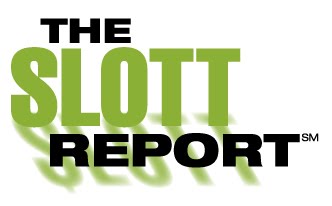

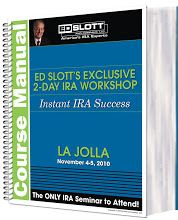
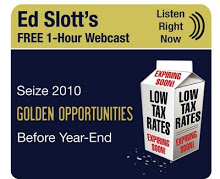




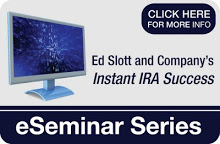

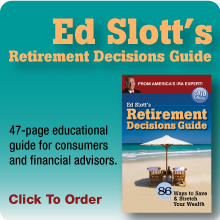





0 comments:
Post a Comment